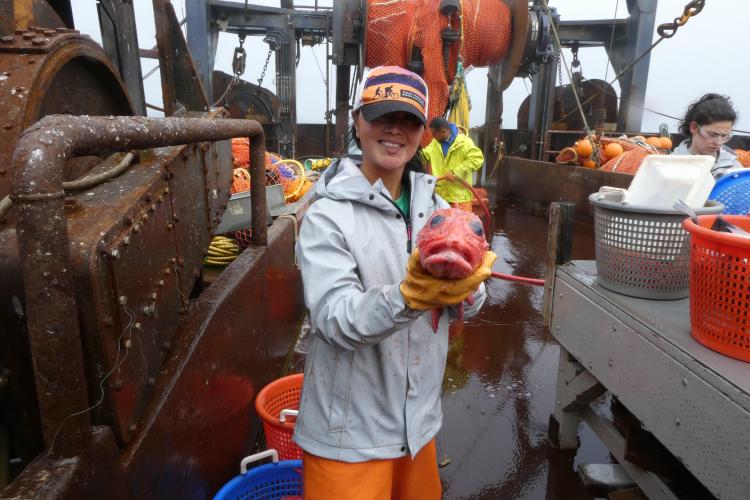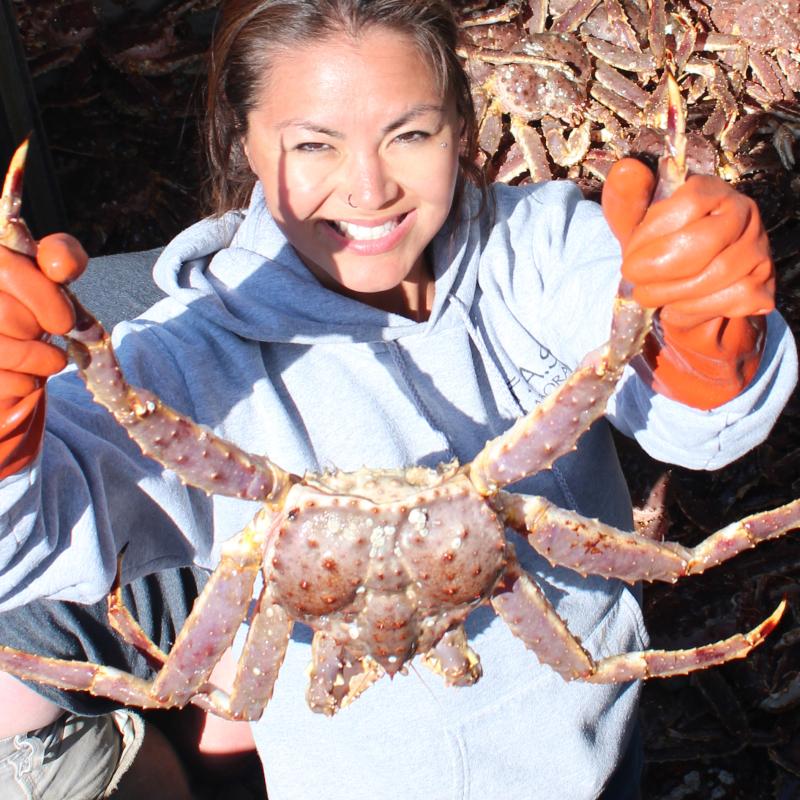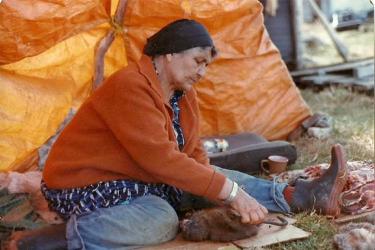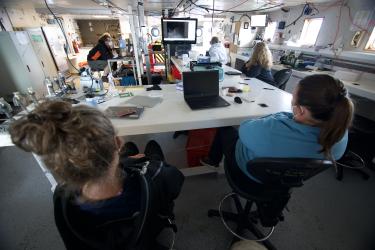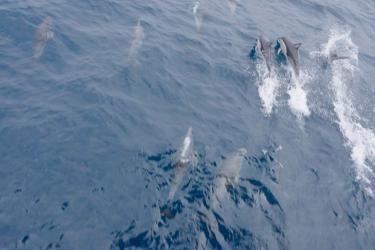Aleutian Islands Survey, Pt. 1: Fishing Memories
As I board the F/V Alaska Provider, my mind is flooded with memories from my childhood. After the school year was complete, my family (I am the youngest of nine) would leave our village to spend the whole summer at my maternal grandparents’ cabin, 60-ish miles downriver, to fish.
We spent our days checking the net, standing at the fish table processing our catch, and then preserving it in various traditional methods. I remember traveling back to our village with an entire boat load of fish; there was so many fish to the point where my father’s wooden boat flirted with water coming over the hull. That summer’s worth of work fed our family throughout the year.
The marine environment is of high value to not only my family but also to all the rural and Indigenous communities in Alaska. This is because of its cultural and nutritional benefits, which harmonizes with the term I learned as a child, “subsistence.” It gives us life, reminds us of who we are, and helps us to pass that knowledge to others.
Come late July 2022, I found myself again standing next to a table working on fish with three other women, where winged creatures also congregated—except it was not to feed my family for the upcoming year.
I had joined the Alaska Fisheries Science Center Groundfish Assessment survey in the Western Aleutian Islands. I am working with other scientists on the F/V Alaska Provider to monitor various biological (e.g., length, weight, sex, otoliths (ear stones) and stomach contents) and environmental parameters (e.g., water temperature and salinity). Other bottom trawl surveys are conducted in the south eastern Bering Sea and northern Bering Sea (annually) and in the Gulf of Alaska (biennially).
I sorted through fish that were so foreign to me. They included Pacific Ocean perch, Northern rockfish, Northern rock sole, Arrowhead flounder and Atka mackerel, to name a few. We only caught a single salmon that I was familiar with—a chum salmon. Even the cutting utensils used were different. I was many nautical miles from where I was born and raised and two flights away from where I currently live. As I write this, I am extremely far from the most western and southern city in Alaska. In fact, I am not even in the Western Hemisphere but in the Eastern Hemisphere.
“We provide these survey data to stock assessment scientists (fish distribution and abundance). They combine these data with data collected by independent observers on commercial fishing boats to understand overall fish stock abundance and trends. From this, resource managers make decisions on how much fish can be sustainably caught in a given fishing year,” said Cecilia O’Leary, Field Party Chief/Research Fishery Biologist.
Natural resource policies are informed by surveys like this groundfish and crab bottom trawl survey and other NOAA Fisheries research surveys. With all that is changing in the subarctic and Arctic, there is a significant and growing awareness of the importance of science-backed decision making to policies that broadly affect Alaskan marine-resource dependent communities.
The Alaska Fisheries Science Center also recognizes the importance of establishing and fostering collaborative relationships to better understand changing Alaska marine ecosystems. Through cooperative marine research, we can advance research ideas, such as mutually-beneficial scientific questions. We hope to bring more information from broader perspectives into the management processes including Indigenous knowledge.
My work on this survey brings memories of a lifetime. In between hauls is the time to rest, eat to refuel and remember my childhood fishing with my family.
